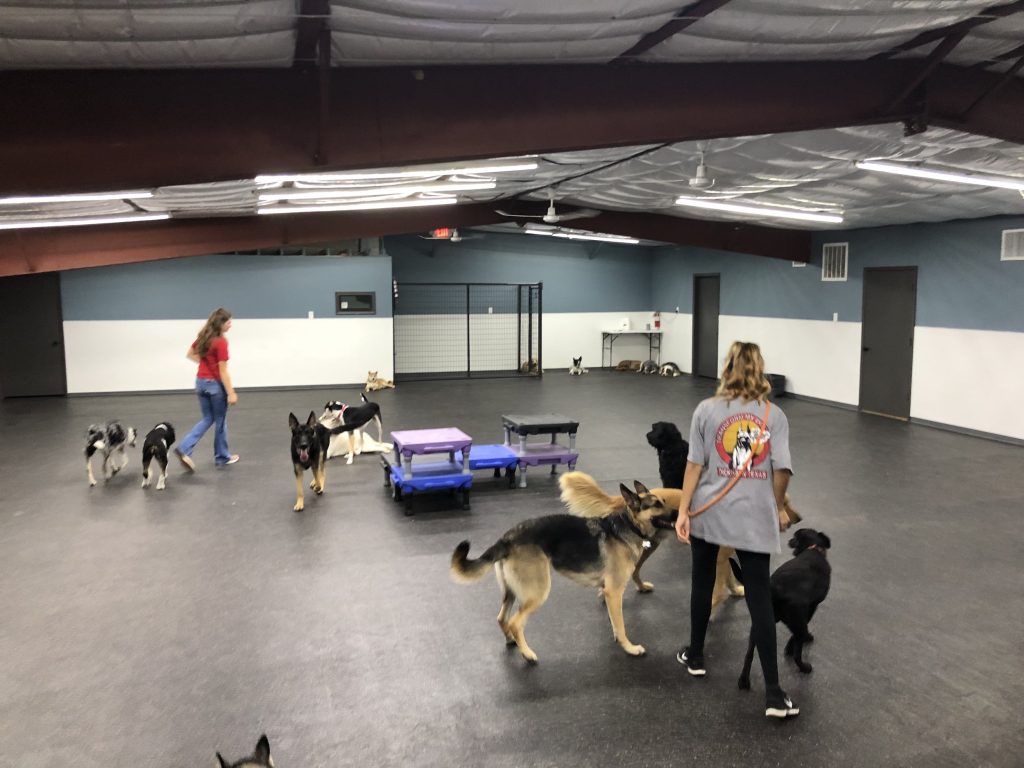
Learn how to train your dog with these simple and effective tips! Positive reinforcement, short sessions, and keeping it fun are key to a happy and well-behaved pup.
Unleash the Best in Your Pup: Top Dog Training Tips for Happy Homes
Every dog owner wants a well-behaved and happy companion. But sometimes, training can feel overwhelming. Don’t worry, this guide is here to help! We’ll explore key dog training tips using easy-to-understand language and positive reinforcement methods.
Why Positive Reinforcement is the Golden Rule
Positive reinforcement is the foundation of successful dog training. It simply means rewarding your dog for good behavior. This could be with treats, praise, toys, or anything your dog loves. When your dog associates good behavior with positive rewards, they’re more likely to repeat it

Short & Sweet Training Sessions
Just like us, dogs have attention spans. Keep training sessions short and sweet, ideally around 5-10 minutes. This helps your dog stay focused and avoid frustration. Aim for multiple short sessions throughout the day for better results.
Make Learning a Game
Training should be fun for both you and your dog! Incorporate games and positive energy into your sessions. Use a playful tone, reward small steps, and celebrate every success! This keeps your dog engaged and motivated to learn.
Consistency is Key
Dogs thrive on routine. Use the same commands, cues, and rewards consistently during training. This helps your dog understand what’s expected of them and builds a strong foundation for good behavior.
Patience is a Virtue
Every dog learns at their own pace. Don’t get discouraged if your dog doesn’t master a command overnight. Be patient, consistent, and positive, and you’ll see steady progress.
Beyond the Basics: Common Training Challenges
Here are some common training challenges and solutions:
- Potty Training: A crate can be a valuable tool for house training. Confine your dog to the crate for short periods and reward them for eliminating outdoors.
- Chewing: Provide your dog with plenty of safe chew toys and redirect them when they chew on inappropriate items.
- Barking: Identify the trigger for the barking and address the root cause. Teach your dog a “quiet” command and reward them for silence.
Seeking Professional Help
If you’re facing significant training challenges, consider consulting a professional dog trainer. They can provide personalized guidance and support for your specific needs.
Remember: With patience, positive reinforcement, and these helpful tips, you can train your dog to be a well-mannered and cherished member of your family.

Leave a Reply